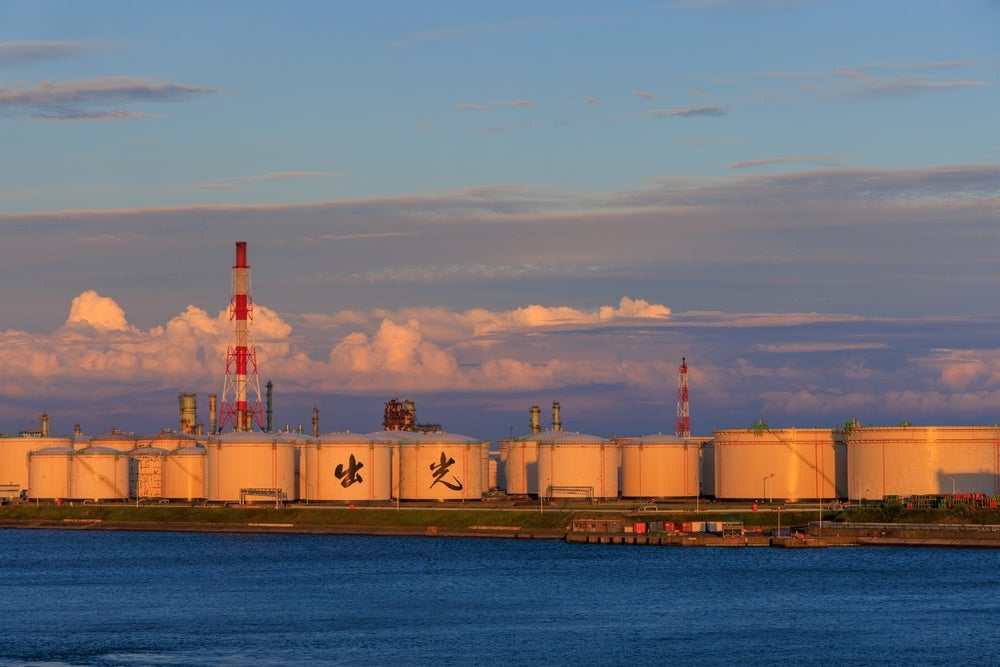We are now entering a phase where a host of government authorities are introducing environmental laws relating to mandatory reporting, carbon pricing, and carbon import tariffs, forcing industries towards net zero.
Net zero refers to cutting greenhouse gas (GHG) emissions to as close to zero as possible, with any remaining emissions being then ‘offset’ using carbon offsets or credits. Companies typically first aim to achieve net zero operations by reducing their Scope 1 and 2 emissions, then achieve net zero value chains by reducing their Scope 3 emissions. It is important to set reduction targets and emissions reporting protocols to track a company’s performance over time.
Weak reporting
However, there is little standardisation in emissions disclosure. Companies calculate and report emissions differently and inconsistently. But this is changing.
In 2023, the International Sustainability Standards Board (ISSB) published its first sustainability disclosure standards. These standards are now used by government authorities as the global baseline for climate and emissions reporting.
Over time, emissions reporting will become a standardised practice, similar to current financial reporting.
Emissions reporting by region
The US

US Tariffs are shifting - will you react or anticipate?
Don’t let policy changes catch you off guard. Stay proactive with real-time data and expert analysis.
By GlobalData- From FY2026, the US Securities and Exchange Commission (SEC) will require large companies to disclose climate-related risks, Scope 1 and 2 GHG emissions, and expenditure on carbon offsets and renewable energy credits. Limited assurance will be required from FY2029 and reasonable assurance from FY2033.
China
- From 2026, China’s three major stock markets will require around 450 companies to disclose Scope 1 and 2 GHG emissions and any emissions reduction practices.
The European Union (EU)
- The EU is known as the most ambitious geography when it comes to net zero.
- Since FY2024, the EU’s Corporate Sustainability Reporting Directive (CSRD) requires 50,000 of the EU’s largest companies to disclose their climate-related opportunities and risks and report Scope 1, 2, and 3 GHG emissions.
- The EU is the only authority that requires the reporting of scope 3 emissions.
- Third-party audited limited assurance of GHG emissions reporting will be required from FY2026, with reasonable assurance required from FY2028.
Assurance requirements
As environmental reporting requirements toughen so too does the need for assurance. Assurance services are typically undertaken by an independent party that verifies that the information provided is valid and accurate. Assurance processes over emissions data enhance the reliability of the information reported and build confidence in a company’s net zero agenda.
Reasonable assurance is akin to an audit opinion regarding a company’s financial information. An audit opinion verifies that a company’s financial statements have been prepared accurately, are reasonably presented, and are factually correct. Like an audit, reasonable assurance involves the assessor evaluating and reviewing a company’s controls throughout its operations and value chain. The assessor identifies any risks and conducts thorough testing. Based on the information gathered, the assessor produces an assurance conclusion.
Limited assurance is a similar process, but far less comprehensive. While it follows the same general methods as reasonable assurance, the level of assurance obtained is lower. The procedures performed by the assurer are less extensive and vary in nature and timing. Environmental authorities will first require companies to obtain limited assurance but will toughen assurance requirements as emissions reporting becomes standardised across industries.









